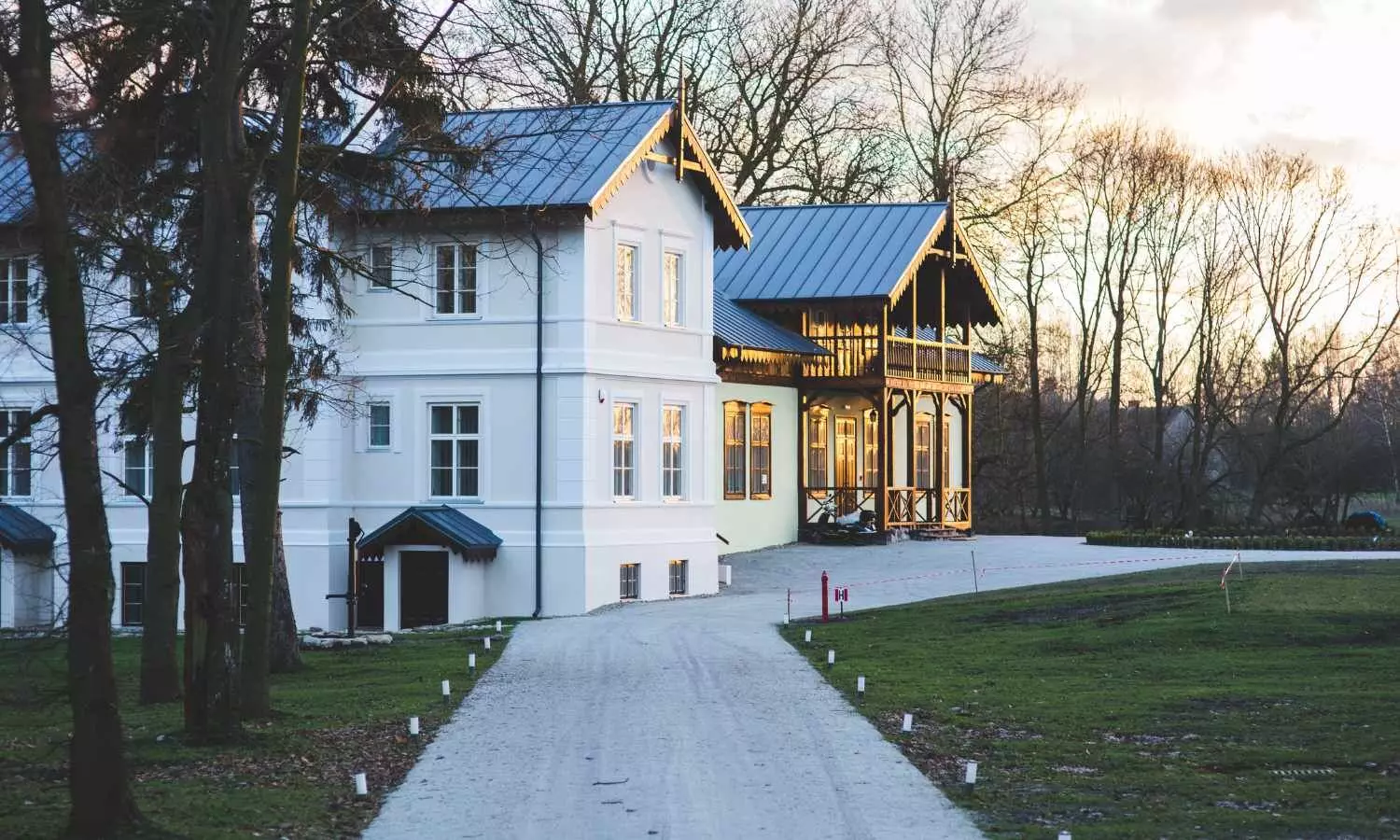India’s real estate set for 20X leap by 2047, unlocking new urban growth corridors
India’s real estate sector is projected to grow 20X by 2047, driven by rapid urbanisation, infrastructure expansion, and emerging growth corridors. Rising demand for housing, commercial spaces, and new-age cities is set to reshape the country’s economic landscape.
India’s real estate set for 20X leap by 2047, unlocking new urban growth corridors

India’s real estate sector is at the cusp of a monumental and transformative journey and is projected to grow multifold levels—from nearly USD 0.3 trillion today to a staggering USD 5–10 trillion market by 2047. This ongoing surge positions real estate as a cornerstone of India’s economic ascent, potentially contributing 14–20% of the GDP by 2047,
According to a Colliers-CII Report, the potential to hit USD 10 trillion by 2047, real estate is likely to account for 14-20% of the India’s GDP
Annual office demand to solidify at 70-75 million sq ft, while industrial & warehousing demand likely to be around 30-40 million sq ft in the next few years.
Developer expansion in smaller cities, sustainable living, and redevelopment to gain traction in residential real estate. Emerging Tier II/III locations are expected to become front runners and drive accelerated real estate activity
Real estate maturity to be characterised by quantum growth in alternative asset classes like data centers, senior living, and co-living.
Most of these trends are being powered by a strong tailwind in the form of government-led reforms & policy initiatives and structural demand drivers such as rapid urbanization, demographic shifts, infrastructure augmentation, technology-driven innovation, and sustainability priorities. Together these growth engines are creating a multiplier effect, fueling employment and demand across real estate asset classes, attracting institutional capital and unlocking new growth corridors across the country.
“India is firmly on the path of becoming a developed nation by 2047, powered by demographic strengths, progressive policies, and a collective vision of inclusive growth. Over the past decade, consistent policy support has laid the foundation for accelerated growth across sectors including real estate. Notably, within the residential segment, policy push in the form of PMAY, RERA, infrastructure status to affordable housing, and SWAMIH fund. have improved housing accessibility & last-mile financing, while enhancing transparency.
“India’s real estate sector is on a transformative trajectory—poised to grow from nearly USD 300 billion today to a USD 1 trillion industry by 2030 and potentially reach USD 5–10 trillion by 2047. Urbanization and infrastructure development are driving this momentum, with 40% of India’s population expected to reside in urban areas in the next few years.
“The ongoing real estate transformation will be characterized by significant scaling up across asset classes. In addition to demand traction in core assets such as office, residential and industrial & warehousing we anticipate quantum growth in alternative asset classes such as data centers and shared living. With nearly 100 million-plus cities expected to champion the case for equitable economic growth, newer real estate growth corridors will gain prominence. These emerging growth frontiers will redefine India’s urban fabric, creating inclusive, future-ready, and sustainable real estate hotspots,” says Badal Yagnik, Chief Executive Officer & Managing Director, Colliers India.
India’s office market is set for a sustained expansion, with annual demand expected to stabilize at 70–75 million sq ft in the next few years. Shaped by evolving occupier preferences, Grade A stock is projected to surpass 1 billion sq ft by 2030 and can potentially breach 2 billion sq ft mark by 2047. The maturity of the Indian office market will be marked by hybrid work models, and hub-and-spoke office formats, alongside the rise of Global Capability Centers (GCCs) driving high-value innovation and digital transformation. Annual GCC leasing is projected to be around 30-40 million sq ft in the coming years, driving 40-50% of the annual Grade A office demand. Additionally, Tier II & III cities such as Coimbatore, Indore, Kochi, and Bhubaneswar are emerging as vibrant commercial hubs, supported by talent availability and infrastructure upgrades. Flexible workspaces will reshape the real estate portfolio of occupiers in such smaller cities and account for 20–25% of overall India leasing in the near-term.
Rising institutional investors’ appetite for alternative assets, fueled by diversification and relatively higher returns
The multiplier effect of policy initiatives, infrastructure development and inherent demand drivers is set to catalyze Indian real estate, propelling it to a USD 5-10 trillion market by 2047, a growth of over 20X times compared to current levels. Driven by rapid urbanization, India can potentially have nearly 100 cities with a million-plus population by 2047. In addition to India’s demographic patterns amplifying consumption levels—infrastructure development, digitalization, tourism growth and sustainability priorities can elevate real estate landscape across multiple cities and asset classes.

